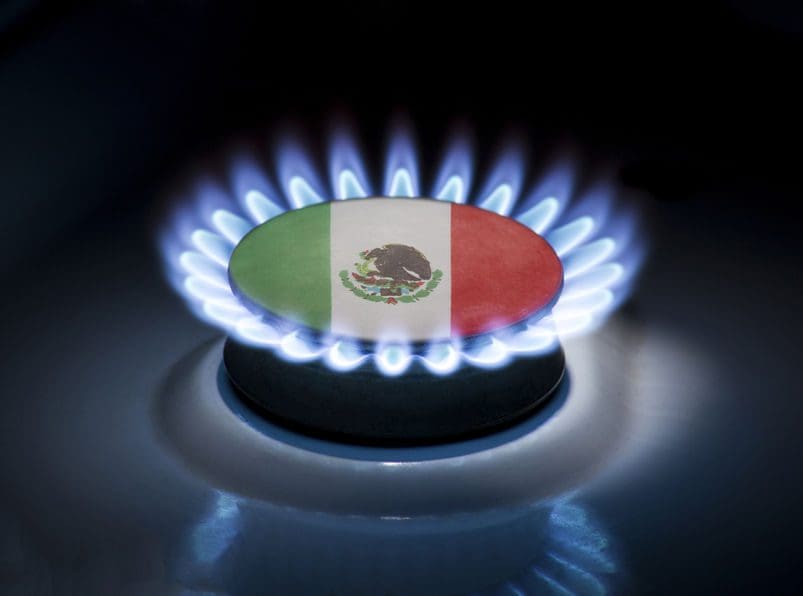Even during the current COVID-19 crisis of lower economic activity, natural gas imports from Mexico have remained at levels of around 5,300 mmcfd during the first quarter of 2020. The U.S. is the primary exporter of natural gas to Mexico, with volumes reaching an all-time high in July 2019 with 6.2 bcfd. Mexico is expected to remain highly dependent on natural gas imports from the U.S. in the future, says GlobalData, a leading data and analytics company.
Over the next decade, Mexico’s dependency on natural gas will continue to grow as the national oil company (NOC), Pemex, focuses on crude oil production and the U.S. continues to have an excess in natural gas supply. Indeed, the price differentials between the U.S. natural gas price and Mexico’s incentivize the trade. Furthermore, since the end of June 2020, Wahalajara’s pipeline system connecting Waha hub gas with the central-west part of Mexico is in full operation. This pipeline will encourage more export volume from Texas Permian to Mexico of up to 0.89 bcfd and the permanent demand from Mexico should continue supporting the already narrower differential of Waha hub prices with respect to other U.S. natural gas hubs.
Adrian Lara, Senior Oil & Gas Analyst at GlobalData, comments: “In the short term, there are no planned assets in Mexico that can significantly increase domestic natural gas production. There is potential for undeveloped resources in the onshore region of Burgos on the northeastern part of the country, across the same geological basin continuing from southeast Texas. However, on average, the required breakeven price for full development of such reserves is higher than the price of imported natural gas challenging the viability of potential new projects.
“As for deepwater and unconventional resources for these type of developments, Pemex would have to partner with another operator to share risk and capital investment. Given the more technical and capital intensive nature of such projects, it has long been established this is a most effective manner for the NOC to exploit these resources. However, Mexico’s current government policy is to favor and support Pemex and this means stopping all bidding rounds that can bring new participants to the sector.
“The reality is that at present there are practically no new natural gas resources to be developed in Pemex’s portfolio that can reverse the decline in production. For that reason, imports from the U.S. to satisfy an increasing demand for natural gas in power generation and industrial use will continue to be more than necessary over the current decade.”





